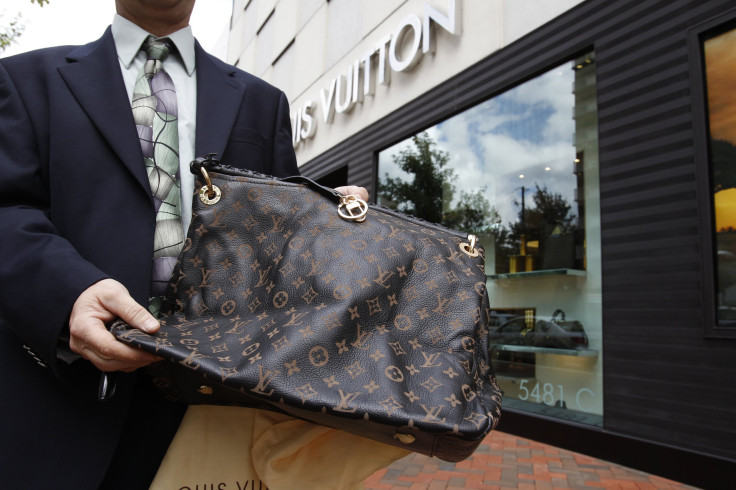Fashion Fraud: New Radiation Technique Identifies Knockoff Designer Goods

British customs may soon have a new tool in the battle against knockoff designer goods.
Scientists at the U.K.'s National Physical Laboratory (NPL) have uncovered a way to determine the specific textile makeup of fabrics. The process uses a type of radiation called terahertz to differentiate between fabrics that both look and feel similar, Popular Science reports.
Terahertz is a band of electromagnetic radiation that falls between infrared and microwave radiation. It is able to pass through both plastic and fabric.
To identify the fabric, a sample is placed within the terahertz beam, allowing the properties of the waves to be detected and examined. Different fabrics cause the beams to scatter and be absorbed at different rates, according to Phys.org. This data makes up the fabric's specific transmission profile, a signature that can be used to identify a counterfeit good from an authentic one.
The technique successfully distinguished between plain wool and more expensive merino wool as well as natural and synthetic silk. Cotton, linen and other mixed fibers also showed distinct properties when passed within the terahertz beam.
At this time, British customs officers are allowed to seize counterfeit goods, but they must be identified as fakes first. The NPL hopes the technology will offer a more precise way for customs officials to confirm counterfeit goods.
Knockoffs reportedly account for $4.6 billion in losses for European designer brands and retailers. But a database of all the outputs of each fabric must be created before the technology can be put into use. The U.S. faces a similar issue with counterfeit goods, costing U.S. business $320 billion a year, Reuters reports.
The NPL is currently expanding its research to fabrics used in other industries like sports and medicine.
© Copyright IBTimes 2024. All rights reserved.






















